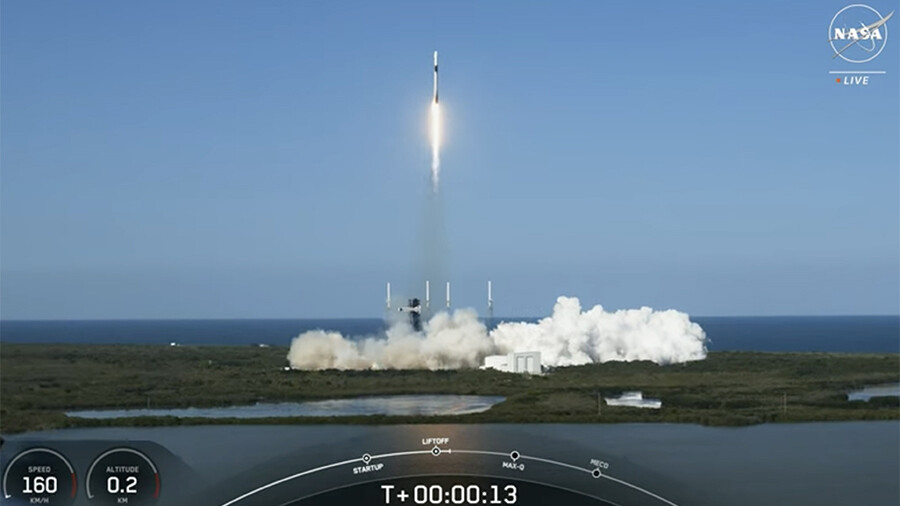
When a rocket nicknamed “Cargo Dragon” blasted off from Florida on March 21, it was the beginning of NASA’s 30th commercial resupply mission to the International Space Station.
The 30 tons of cargo aboard included one special payload — the first CubeSat satellite built by a Nebraska team and launched into space.
The satellite represents more than three years of work by the Big Red Satellite team. The group includes students in the University of Nebraska-Lincoln’s Aerospace eXperimental Payload team and middle school and high school students from Lincoln, Omaha and Aurora.
“I’ve never touched something that’s gone to space,” said Vince Orsi, a sophomore mechanical engineering major from Omaha and the current mechanical team lead for the Big Red Satellite team’s CubeSat project.
As part of its CubeSat program, NASA in 2021 chose the Nebraska team to include its satellite experiment included as auxiliary payload aboard a future mission to the space station. A few months ago, NASA informed the Nebraska team that their CubeSat would be aboard a SpaceX Falcon 9 rocket scheduled for an early March launch. Big Red Sat-1 was one of four projects from U.S. universities selected for the program.
A couple of launch delays prevented a team of about 40 current and former members and family from witnessing the rocket blast off during a spring break trip to the Florida Space Coast.
So, on March 21 in a Nebraska Hall lab, a small group of payload team members gathered to watch the livestream of the launch.
As the final seconds of the countdown ticked off and the rocket shot toward outer space, the 10 Nebraska Engineering students in attendance mostly sat quietly, their faces changing from gritted teeth and hopeful intensity to relief and pride.
“It’s a crazy feeling,” said Orsi, who also noted the team’s hopes do not end with the launch but continue with the possibility of performing pioneering research in the next few months.
The satellite — a cube measuring four inches per side (roughly the size of a small tissue box) and with the volume of less than a quart — will test the performance in outer space of perovskite solar cells from the National Renewable Energy Laboratory. NASA has said the Nebraska CubeSat will be deployed within 90 days of it arriving at the space station.
“This formulation of perovskite solar cells has never been to outer space before, so we’re going to see how they work in space and how they work on land,” Orsi said. “So, we’re going to have to wait a little longer to see how that works out.”







